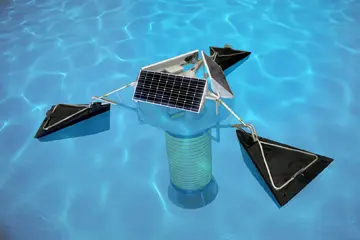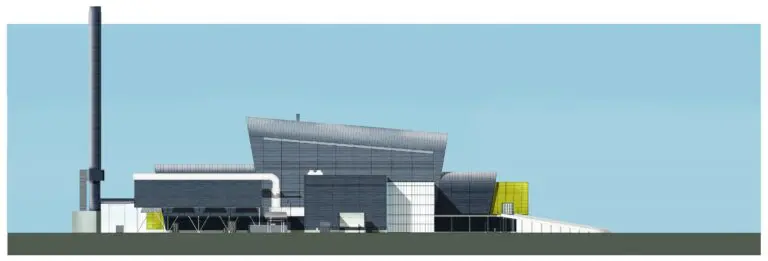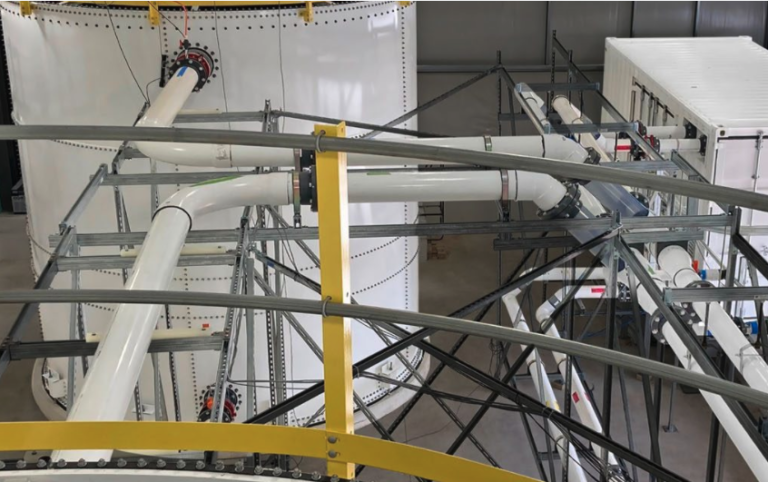
PANDA or Black Panther? Honey or Opal? Canadian, German, or Aussie Solar? When installing solar panels on your rooftop, you’re faced with an overwhelming number of choices. How do you make a well-informed decision? The Yingli Solar team in Australia put together this brief guide with five key characteristics to look for.
Before we get to the solar panels, it is important consider the installer who is selling you the products. Does your installer know what he or she is selling? Or have they only bombarded you with hard-to-understand technical data and features promoting one specific panel (which just might reap the highest payout for their business and not for your benefit)? Have they provided a detailed and easy to understand quote that clearly states what it is that you are signing up for and what you’re expected to generate and save in the years ahead?
If you’re feeling totally bamboozled at the moment, then you’re possibly in deep waters. It’s time to take a deep breath and consider the following five aspects:
1. Track Record of Panel Manufacturer
Who are these guys? Have you done a quick Google search online on the manufacturer? How long have they been around for? How many panels have they made? Are they more than likely to be in business for the lifetime of your panels? Are they a publicly listed company? Do they invest in R&D and innovation? Do they have a local office or do they just import through a local distributor? If the marketing materials go out of their way to wrap themselves in national stereotypes then dig a little deeper: invoking consumer biases about a product’s country of origin is one of the oldest tricks in the book!
Have the solar panels been tested by reputable, independent third parties such as the Australian Solar Council Positive Quality program, TÜV Rheinland, PHOTON Laboratories or Fraunhofer? Don’t just take the installer or manufacturer’s word for it – look at what independent industry experts are saying. Also, search the internet for international reference projects – has this brand of solar panels been installed in systems around the world? Are they trusted in high-profile installations or in PV power plants? If large, sophisticated developers, lenders and investors trust a manufacturer for a large or flagship power plant in the United States or Europe, then it’s likely that it will be good enough for your roof as well.
2. Manufacturing Quality
It’s important that your solar panel manufacturer is able to demonstrate their use of high quality materials, as well as automated manufacturing processes with quality controls at every step in the process. Look for a vertically-integrated manufacturer – this means that they carefully manage each step in the manufacturing process, rather than putting together parts supplied by other manufacturers which may be of questionable quality Take a close look at the following key ingredients:
Encapsulates & Backsheets
The individual solar cells are typically encapsulated in a binding material known as EVA (ethylene-vinyl acetate), which holds all of the components of the panel together. Quality encapsulates prevent water and dirt and other elements from reaching the cells, and ensure maximum performance for the solar panel over time. In addition, most solar panels have a plastic backsheet adhered to the back to protect the solar cells. A flimsy back-sheet will eventually show signs of coming unstuck, such as bubbles and yellowing, which are clear indicators of poor material choices or panel construction.
Frames
The function of the frame is to ensure maximum strength against wind or mechanical loads. Make sure the frames around the panels are of good quality. Check if the corners are joined together properly: frames that are screwed, welded or glued at the corners indicate poor-quality engineering and workmanship, and you might end up with corrosion. Also, ensure that your installer can explain how the panels will be fixed to your roof and that the chosen panel is suitable for the selected mounting option.
Junction Box & Bypass Diodes
The junction box is an essential component that should be manufactured to achieve long term reliability. Each box should be designed to ensure weather-tight functionality and reliability. A manufacturer should be able to highlight the benefits of their junction box, ensuring maximum performance. A quality junction box also houses bypass diodes optimising the panel’s energy yield. Irrespective of technology your solar panels should have the correct amount of high-quality bypass diodes in the junction box. A standard 60 cell solar panel should have at least three bypass diodes protecting the cells in your panel. If you don’t have enough bypass diodes then a small shadow on a tiny part of your solar panel could affect an entire solar project!
Connectors
Even if the plastic shell of a connector clicks nicely together, you don’t know if the metal contacts inside the device are firmly connected. If this is not the case then the connector can get hot and in extreme cases catch fire. This is why the Australian solar installation rules AS5033 require “like to like” connectors to be used wherever two cables are plugged together. So if the datasheet states something like “MC4 compatible” you need to get confirmation from your installer that they will be using the exact same unnamed “MC4 compatible” connector throughout your whole system. Yingli only use ‘original MC4’ connectors in Australia to ensure that you have the best quality components for your solar system and your installer can easily source the correct “mate” for our connectors.
These are just some of the key components to consider. For more information on what makes a quality solar panel, please see our earlier blog post on solar panels and sandwiches!
3. Solar Panel Type & Efficiency
There are many different types of solar panels available on the market, including thin film, monocrystalline and multicrystalline solar panels. Make sure your installer can explain in simple terms why a specific type of solar panel has been selected for your project, and why that selection is in your best interest.
When it comes to solar panels, the old engineering paradigm of “highest efficiency = best product” is not always true. Many people are used to power generators that burn finite resources like oil or coal, and in that case “efficiency” is usually the most important measure. But what if the primary resource is free, like the sun’s energy? In addition to solar panel efficiency, it’s important to consider measures defining the energy yield of your total system such as performance ratio (it should be above 80%), low light behavior (how much energy will you get on a rainy day) or temperature coefficient (how much energy will you get on a hot day).
The temperature coefficient can be particularly important, as Australia is a warm place, mate! Surprisingly perhaps, the output of a solar panel goes down the hotter the surrounding temperature is. A solar panel’s output is typically measured at 25°C under so-called Standard Test Conditions (STC). (For a highly-technical, detailed analysis on performance measurement standards, click here). If the temperature is below 25°C, then the output power goes up slightly. If the temperature goes higher than 25°C, then the output will be a bit less. However, this is not cause for major concerns; the effect isn’t massive and not all panels are affected equally. The behaviour is described by the temperature coefficient, which is given on every data sheet. What you are looking for is the temperature coefficient for “Pmax”. The smaller the number, the better your panels will perform on a hot summer day. In other words, a panel with temperature coefficient for Pmax of -0.43%/°C is a better hot weather performer than one labelled with -0.46 %/°C.
4. Price & Return on Investment
For solar technology, the primary goal is to generate the most kilowatt hours of clean electricity at the lowest price over time. As mentioned in the previous section, some people assume that the high-efficiency panel will automatically result in a quicker return on investment, but that’s not always the case. For example, a higher efficiency panel that performs 5% better but comes at a 15% price premium may not be the best choice for your wallet.
At the same time, you don’t want the solar panels as cheap as chips! Average system prices can vary enormously. Get a quote based on your technical requirements and always spend time to research the difference, remembering that the system will be in place for at least 25 years. If you’ve received a quote that seems very cheap compared to the rest, make sure that you are actually getting a great deal – and not a great liability.
What you’re looking for is not necessarily the lowest-priced or the highest-priced system, but the solar system that will help you save the most money on your electricity bills over time. To meet this goal, be sure to do your calculations thoroughly!
5. Warranty Support
How do you avoid late night phone calls to the other side of the world?
First, make sure that the solar panels are covered by at least a 10-year limited product warranty as well as a 25-year power output warranty – these are industry standards. Will the installer and panel manufacturer give you support if your system needs attention in a few years? Have they been in business long enough to credibly offer a long-term warranty? Find out if the solar panel manufacturer has a local presence with in-house service and support. You don’t want to be stuck going down to your local post office with a dysfunctional solar panel under your arm to ship it overseas. What you do want is to have trust in your selected installer and to know that your installer has all the support by his suppliers that is required to give you peace of mind over the whole system lifetime.
So there you have it: five key factors to look at when buying solar panels. It pays to ask the right questions before you buy, as 25 years (the minimum lifespan of a panel) is a long time!
Daman Cole is the Managing Director of Yingli Solar in Australia.
If you’re interested in receiving a solar panel quote for your home from a trusted Yingli partner, please visit: yng.li/solar4myhome







